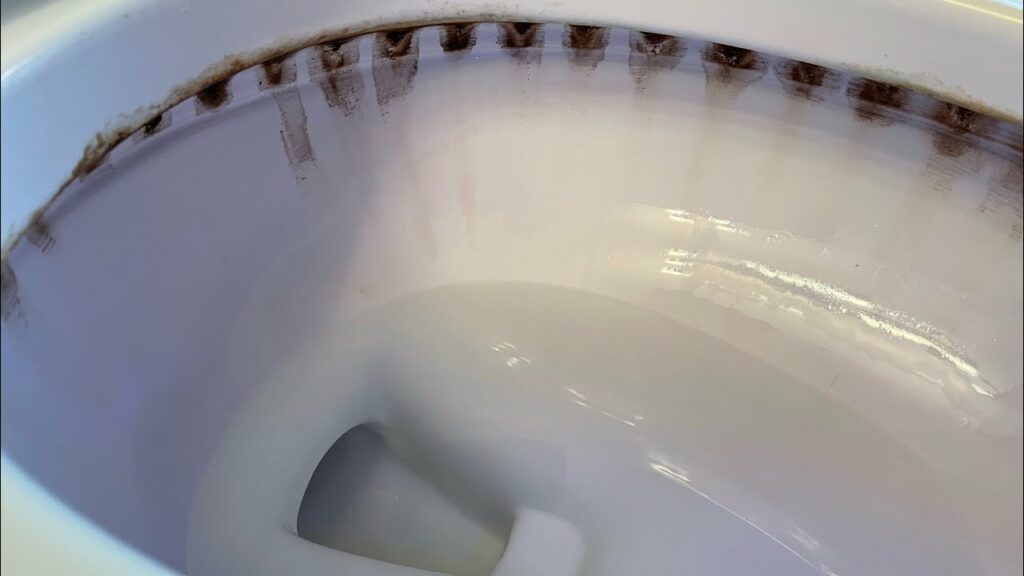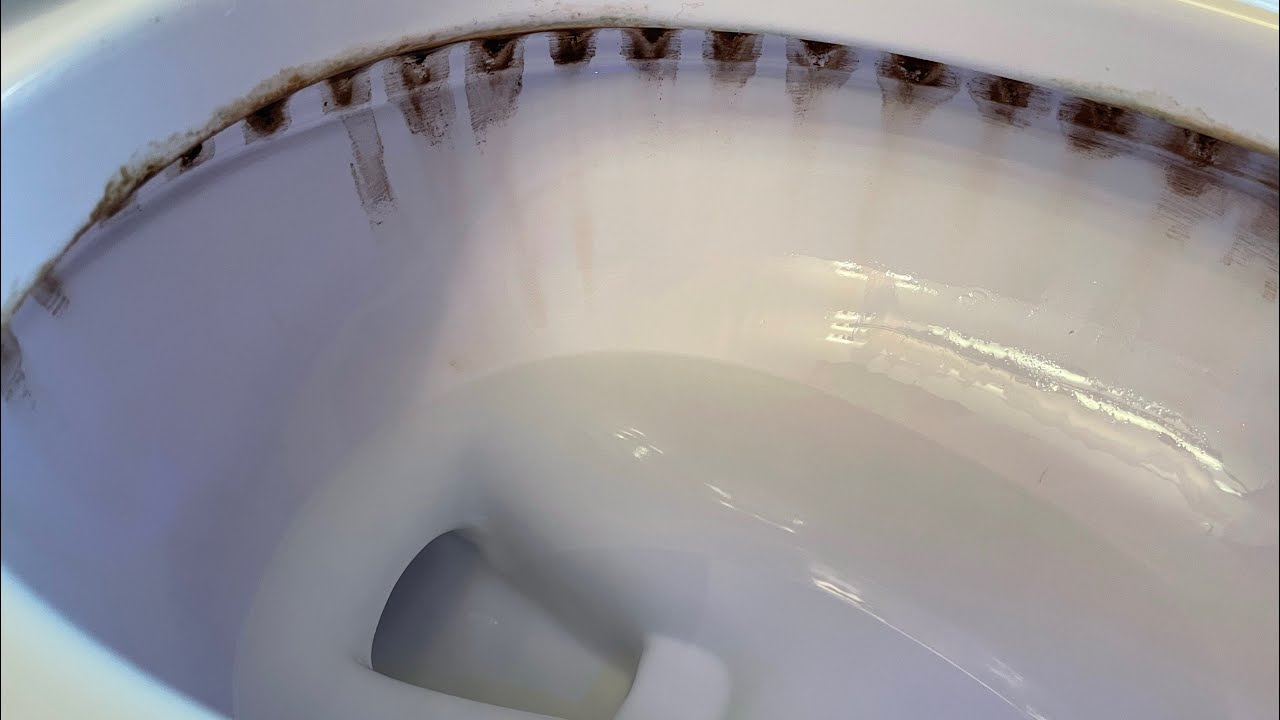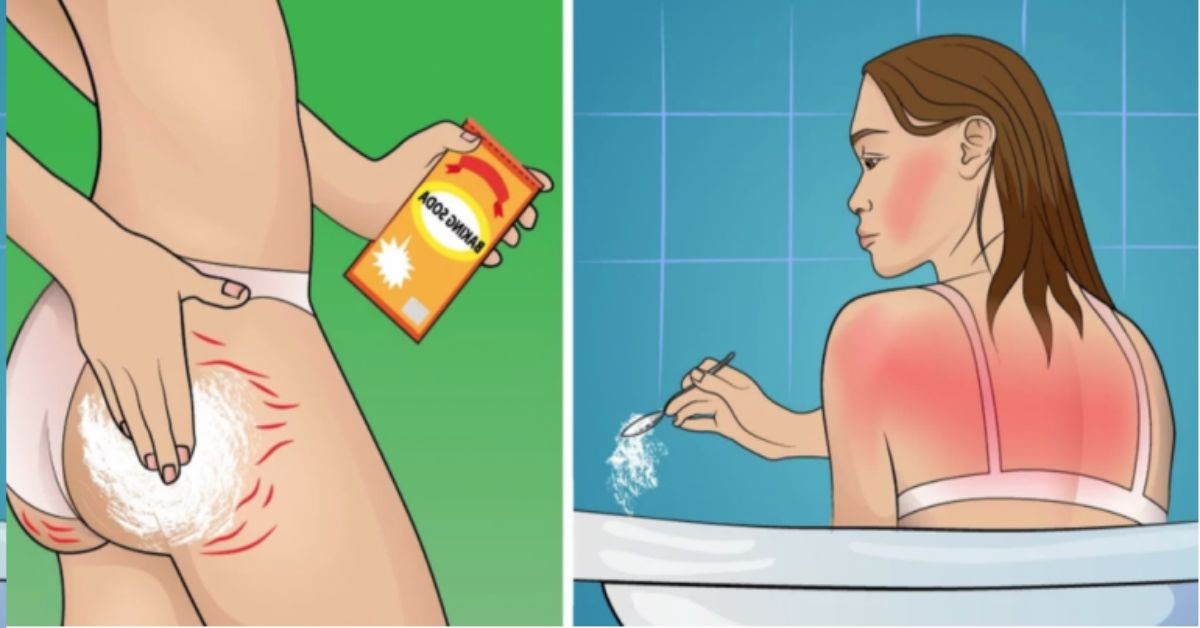
Dealing with black marks or stains in your toilet can be frustrating, especially when they seem to keep coming back no matter how often you clean. These marks are not only unsightly but can also indicate underlying issues that need to be addressed. Understanding what causes these black marks and learning how to effectively prevent them can help keep your toilet looking clean and fresh.
Common Causes of Black Marks in the Toilet
-
Mold and Mildew:
-
Why It Happens: Bathrooms are often damp environments, making them prime locations for mold and mildew growth. The toilet bowl, in particular, is exposed to constant moisture, providing the perfect breeding ground for these fungi.
-
Appearance: Mold and mildew can appear as black or dark green spots or streaks in the toilet bowl, especially around the waterline.
-
-
Mineral Deposits:
-
Why It Happens: Hard water contains minerals like calcium and magnesium, which can leave deposits in your toilet bowl over time. These deposits can mix with iron or manganese in the water, resulting in black or dark brown stains.
-
Appearance: These stains often appear as dark rings or streaks, particularly where the water sits in the bowl.
-
-
Bacterial Growth:
-
Why It Happens: Certain bacteria thrive in damp, low-oxygen environments like the inside of your toilet tank or bowl. These bacteria can form a biofilm that appears as black or dark brown stains.
-
Appearance: Bacterial stains can appear as slimy black marks or rings around the toilet bowl.
-
-
Mold from a Leaky Tank:
-
Why It Happens: If your toilet tank has a small leak, it can cause water to seep out slowly, creating a constantly moist environment outside the tank where mold can grow.
-
Appearance: Black marks or streaks may appear on the outside of the toilet or on the floor around it.
-
How to Stop Black Marks from Coming Back
-
Regular Cleaning:
-
Why It Helps: Regular cleaning helps prevent the buildup of mold, mildew, and mineral deposits. Use a toilet brush and a good quality toilet cleaner to scrub the bowl thoroughly at least once a week.
-
How to Do It: Focus on the areas around the waterline and under the rim, where stains are most likely to develop. A cleaner with bleach or other disinfectants can help kill mold and bacteria.
-
-
Use Vinegar and Baking Soda:
-
Why It Helps: Vinegar is acidic and can break down mineral deposits, while baking soda acts as a mild abrasive to scrub away stains.
-
How to Do It: Pour a cup of vinegar into the toilet bowl and let it sit for 30 minutes. Then, sprinkle baking soda into the bowl and scrub with a toilet brush. Flush to rinse away the mixture.
-
-
Install a Water Softener:
-
Why It Helps: If hard water is the cause of your stains, installing a water softener can help reduce the mineral content in your water, preventing the buildup of deposits.
-
How to Do It: A professional plumber can install a water softener system for your home. This will not only help keep your toilet clean but can also improve the longevity of your plumbing fixtures.
-
-
Use a Mold-Preventing Toilet Tank Tablet:
-
Why It Helps: These tablets are designed to be placed in the toilet tank and slowly dissolve, releasing chemicals that prevent mold and bacterial growth in the tank and bowl.
-
How to Do It: Follow the instructions on the package to add the tablet to your toilet tank. Replace it as recommended to maintain its effectiveness.
-
-
Check for Leaks:
-
Why It Helps: Fixing any leaks in your toilet tank or the surrounding area can prevent moisture buildup that leads to mold growth.
-
How to Do It: Regularly inspect your toilet for signs of leaks. If you notice any water on the floor around the toilet or hear the tank refilling frequently, it might be time to call a plumber.
-
-
Keep the Bathroom Ventilated:
-
Why It Helps: Mold and mildew thrive in damp, humid environments. Improving ventilation in your bathroom can reduce moisture levels and inhibit mold growth.
-
How to Do It: Use a bathroom fan during and after showers to remove excess moisture from the air. If you don’t have a fan, consider installing one or open a window to improve airflow.
-
Conclusion
Black marks in your toilet can be caused by a variety of factors, including mold, mineral deposits, and bacteria. By understanding the underlying causes, you can take proactive steps to prevent these stains from returning. Regular cleaning, using natural cleaning solutions like vinegar and baking soda, and addressing issues like hard water or leaks can help keep your toilet clean and free from unsightly black marks.




